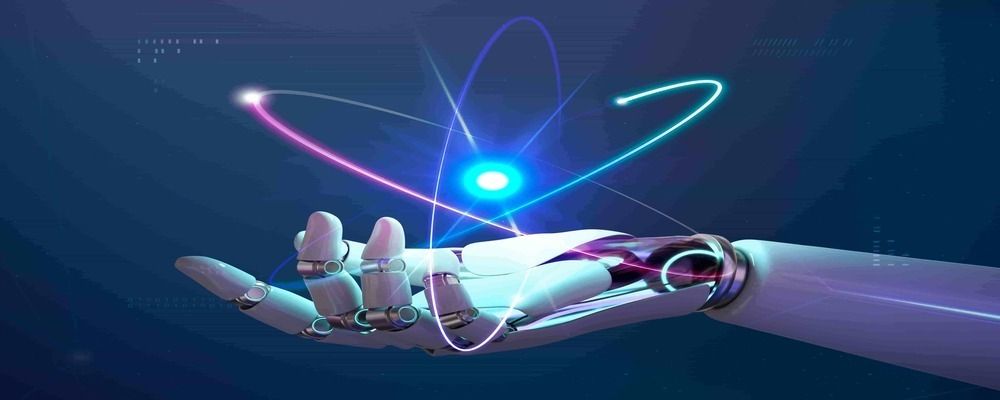Introduction
In the rapidly evolving world of technology, the convergence of generative AI and robotics is creating groundbreaking possibilities. Generative AI techniques are not just enhancing the capabilities of robots but are also redefining what they can achieve. This article explores how these advanced AI techniques are transforming the future of robotics, paving the way for more intelligent, autonomous, and versatile machines.
Understanding Generative AI
Generative AI refers to algorithms that can generate new content, such as images, text, music, and even complex data models, by learning from existing data. Unlike traditional AI, which focuses on classification and prediction, generative AI creates novel outputs that were not part of its original training set. This capability is achieved through advanced neural networks like Generative Adversarial Networks (GANs) and Variational Autoencoders (VAEs).
Key Generative AI Techniques in Robotics
1. Generative Adversarial Networks (GANs)
GANs consist of two neural networks: a generator and a discriminator. The generator creates new data samples, while the discriminator evaluates their authenticity. This technique is particularly useful in robotics for simulating realistic environments and scenarios, enabling robots to train in diverse virtual settings before being deployed in the real world.
2. Variational Autoencoders (VAEs)
VAEs are used for generating new data points by encoding data into a latent space and then decoding it back into the original format. In robotics, VAEs help in tasks like 3D object reconstruction and robot motion planning by generating various potential outcomes and selecting the most efficient one.
3. Reinforcement Learning with Generative Models
Combining reinforcement learning with generative models allows robots to learn and adapt their behaviors through trial and error in simulated environments. This integration leads to more sophisticated and adaptive robotic systems capable of performing complex tasks with minimal human intervention.
Applications of Generative AI in Robotics
1. Enhanced Simulation and Training
Generative AI techniques enable the creation of highly realistic simulation environments. Robots can train in these environments, experiencing a wide range of scenarios and learning to adapt to different conditions. This reduces the need for physical prototypes and accelerates the development process.
2. Autonomous Navigation
Generative AI Development Services improves autonomous navigation by helping robots generate and evaluate multiple potential paths. This capability is crucial for applications like self-driving cars and drones, where robots must navigate complex and dynamic environments safely and efficiently.
3. Human-Robot Interaction
Generative AI enhances human-robot interaction by enabling robots to understand and predict human behaviors. By generating realistic human movements and reactions, robots can better anticipate and respond to human actions, making interactions more natural and intuitive.
4. Advanced Manufacturing
In manufacturing, generative AI helps design optimized robotic movements and processes, leading to increased efficiency and precision. Robots can generate and test various manufacturing strategies, selecting the best ones to improve productivity and product quality.
Future Prospects
The integration of generative AI in robotics is still in its early stages, but the potential is immense. As these technologies continue to advance, we can expect robots to become more autonomous, intelligent, and versatile. Key areas to watch include:
1. Improved Cognitive Abilities
Future robots will have enhanced cognitive abilities, allowing them to understand and interact with their environment in more sophisticated ways. Generative AI will enable robots to generate hypotheses, plan actions, and learn from their experiences more effectively.
2. Personalized Robotics
Generative AI will allow for the creation of highly personalized robotic assistants tailored to individual needs and preferences. These robots will be able to learn and adapt to the specific requirements of their users, providing more personalized and effective support.
3. Collaborative Robots (Cobots)
Generative AI will play a crucial role in the development of collaborative robots, or cobots, designed to work alongside humans in various settings. These robots will be able to generate and adapt to different workflows, enhancing collaboration and productivity.
Conclusion
Generative AI techniques are revolutionizing the field of robotics, driving significant advancements in simulation, navigation, interaction, and manufacturing. As these technologies continue to evolve, the future of robotics looks promising, with more intelligent, adaptive, and versatile machines on the horizon. By leveraging the power of generative AI, we are paving the way for a new era of robotics that will transform industries and improve our daily lives.
Embrace the future of robotics with generative AI and witness the transformative impact on innovation and efficiency. The journey has just begun, and the possibilities are limitless.




Top comments (0)